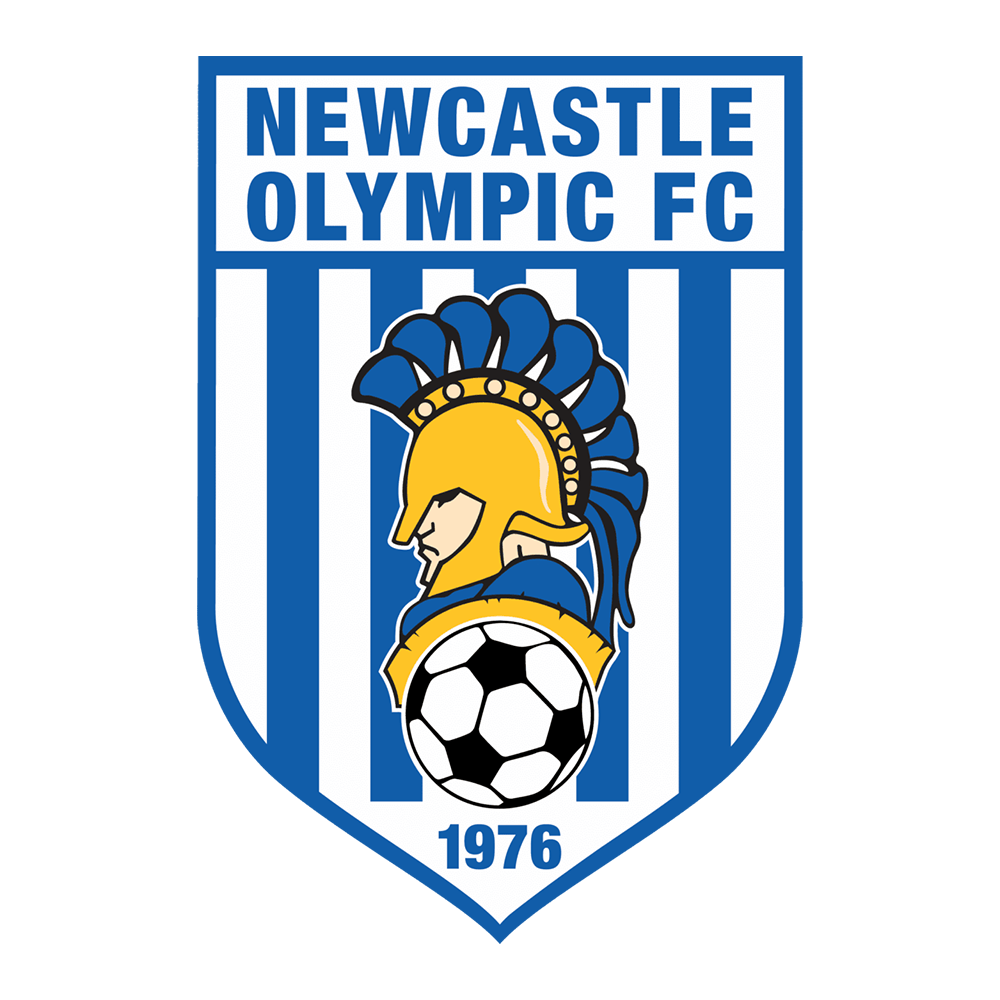Our history.
Football in Australia surged post-WWII as thousands of European migrants brought their passion for the game to a new life down under. Among them were many Greeks who settled in Newcastle, drawn by work at BHP and other local industries. For these “New Australians,” football was more than a game—it was a way to stay connected to culture, family, and community.
In the 1960s and ’70s, the local Greek community supported a strong ethnic club, Pan Hellenic. When it folded, a determined group including Jim Kapalos, the Nicholas brothers, Stavros Ioannou, Chris and Andrew Tagaroulias, and Con Gounis (still involved today), created Newcastle Olympic Soccer Club. In 1976, they entered three teams in the 4th Division.
The club’s first match was played at Walker Field against South Wallsend. Their home was Darling Street Oval, before a move to Austral Park the following year. Under legendary captain-coach and Olympian Bruce Morrow, Olympic won its first title in 1978, crowned both minor and major premiers.
The club rose quickly, reaching 2nd Division by 1981. But tough years followed—rising rents forced a move to Myer Park, and the club faced dwindling resources. Still, a core group of players and volunteers refused to let Olympic fade.
A turning point came in 1988 with the arrival of player-coach Terry Robson. Under his leadership, Olympic surged through the ranks, winning back-to-back promotions and returning to 1st Division by 1992. Key signings and a revitalised committee laid the foundation for sustained success.
The “Smithy Era” (1996–2005) under coach Greg Smith became the club’s golden age. Olympic claimed four straight Premierships from 1998–2001, a feat matched only once before in the Federation’s 100-year history. The team, built on youth development and loyal club men, became a powerhouse of Northern NSW football.
After celebrating 30 years in 2006, more titles followed—2007 under Alex Tagaroulias, and 2009 under Bobby Naumov—maintaining Olympic’s perfect record in Grand Final appearances. Club legends like Mathew and Trent Austin, Corey Filipcevic, and Doug West featured across both eras.
As of 2011, under coach Michael Bolch, Olympic was again pushing for another title. The club continued to grow its junior ranks, community presence, and supporter base.
Hamilton Olympic’s legacy is built on dedication, resilience, and the unwavering passion of its players, coaches, volunteers, and supporters. Our blue and white colours don’t just represent a club—they represent a family, a heritage, and a vision for continued excellence.
